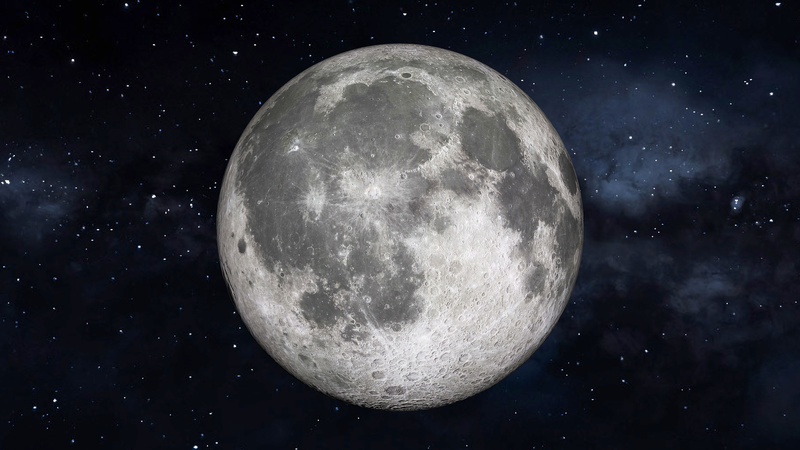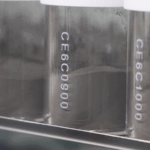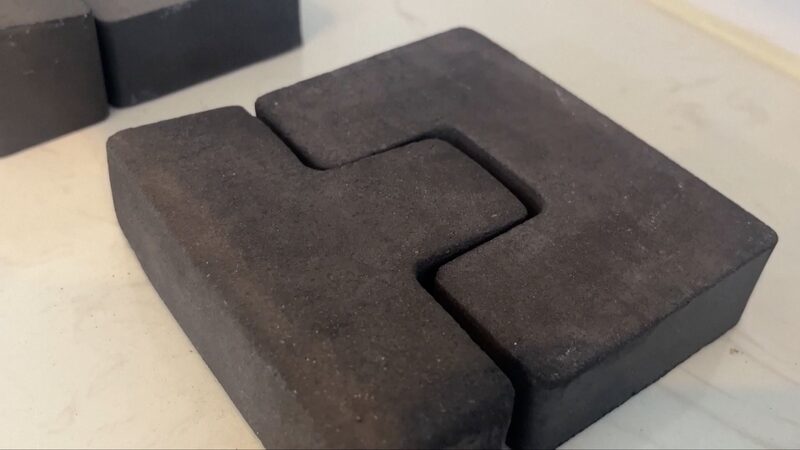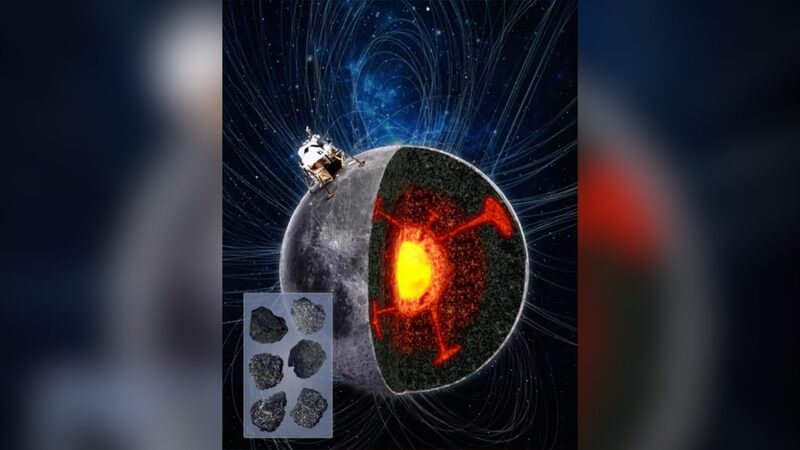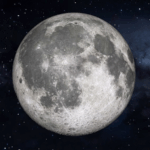Chinese scientists have solved the puzzle behind the unusually sticky lunar soil collected from the moon's far side during the landmark Chang'e-6 mission completed last year. Their findings, published in Nature Astronomy this week, reveal how environmental factors and mineral composition create distinct soil properties that could shape future lunar exploration.
The research team from the Chinese Academy of Sciences' Institute of Geology and Geophysics conducted rigorous experiments on the 1,935.3-gram sample collected from the South Pole-Aitken Basin. Through funnel tests and granular analysis, they discovered the far-side soil particles are finer and rougher than near-side equivalents – comparable to flour versus sand – with angular shapes that enhance electrostatic forces.
"This cohesiveness stems from constant meteorite bombardment and exposure to harsh space radiation," explained researchers. Unlike the Earth-shielded near side, the far side's lack of atmospheric protection creates a unique weathering process that pulverizes minerals into sticky, clumpy particles.
The breakthrough holds practical implications for designing lunar rovers and constructing future moon bases, as soil behavior affects landing stability and construction feasibility. These findings come as multiple nations accelerate plans for sustained lunar exploration, with China's space program positioning itself at the forefront of far-side research.
Reference(s):
Chinese scientists decipher mystery of sticky soil on moon's far side
cgtn.com


